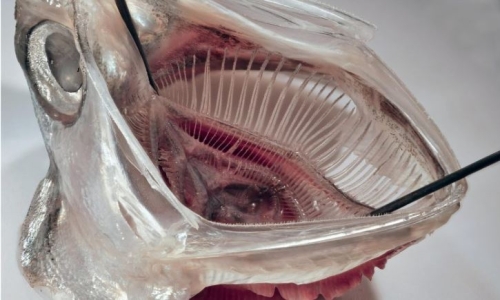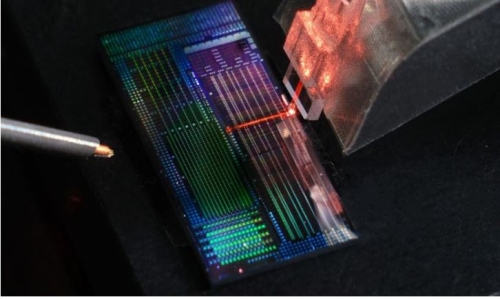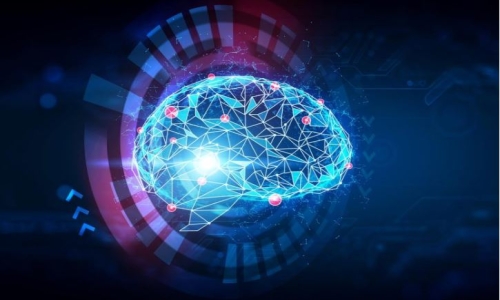


 11:3:35
11:3:35  2025-03-26
2025-03-26  831
831

Pooled data analysis shows that pain relief is only marginally better than placebo.
A pooled analysis of existing research, published in BMJ Evidence-Based Medicine, suggests that only about 1 in 10 commonly used non-surgical and non-invasive treatments for lower back pain are actually effective.
Even among those deemed effective, the pain relief they provide is only slightly better than that of a placebo.
Lower back pain is both widespread and disabling, with 80% to 90% of cases classified as non-specific—meaning there’s no clear underlying cause, the researchers explain.
Current guidelines recommend non-surgical, non-invasive treatments as the first line of care. However, with so many options available, determining which ones truly work can be challenging, the study authors note.
Research Scope and Methodology
To build on the evidence base, the researchers scoured research databases for published randomized placebo-controlled trials of non-surgical and non-interventional treatments for people with non-specific low back pain, with the aim of pooling the results.
The approaches included were pharmacological, such as non-steroidal anti-inflammatory drugs (NSAIDs) and muscle relaxants, and non-pharmacological, such as exercise, massage, and spinal manipulation.
A total of 301 trials investigating 56 different treatments or treatment combinations were included in the pooled data analysis. The trials were carried out in a total of 44 countries in Africa, North America, South America, Asia, Australia, and Europe.
Most Commonly Studied Treatments
The most frequently studied interventions were:
Fifty-two trials sampled participants with acute low back pain; 228 trials with chronic low back pain; and 21 trials participants with both types. Pain intensity was most often assessed using the Visual Analogue Scale or the Numeric Rating Scale.
Of the 69 treatment comparisons included in the trials, the certainty of the evidence was moderate for 11 (16%), low for 25 (36%), and very low for 33 (48%), as assessed by the GRADE system.
The pooled data analysis showed that compared with a placebo, no non-pharmacological treatments and only NSAIDs emerged as effective for acute low back pain; exercise, spinal manipulation, and taping, antidepressants, and drugs that target pain receptors (TRPV1 agonists) emerged as effective for chronic low back pain.
But the effects were small.
Treatments Found Ineffective or Inconclusive
Moderate quality evidence showed that treatments for acute low back pain that weren’t effective included exercise, steroid injections, and paracetamol, while anesthetics (i.e. Lidocaine) and antibiotics weren’t effective for chronic low back pain, the analysis showed.
The evidence was inconclusive for 10 non-pharmacological and 10 pharmacological treatments for acute low back pain. It was also inconclusive for a wide range of 22 non-pharmacological treatments, including acupuncture, massage, osteopathy, and TENS, and 16 pharmacological treatments, including antidepressants + paracetamol, complementary medicines, bisphosphonates, and muscle relaxants for chronic back pain.
Fifty-two trials sampled participants with acute low back pain; 228 trials with chronic low back pain; and 21 trials participants with both types. Pain intensity was most often assessed using the Visual Analogue Scale or the Numeric Rating Scale.
Of the 69 treatment comparisons included in the trials, the certainty of the evidence was moderate for 11 (16%), low for 25 (36%), and very low for 33 (48%), as assessed by the GRADE system.
The pooled data analysis showed that compared with a placebo, no non-pharmacological treatments and only NSAIDs emerged as effective for acute low back pain; exercise, spinal manipulation, and taping, antidepressants, and drugs that target pain receptors (TRPV1 agonists) emerged as effective for chronic low back pain.
But the effects were small.
Treatments Found Ineffective or Inconclusive
Moderate quality evidence showed that treatments for acute low back pain that weren’t effective included exercise, steroid injections, and paracetamol, while anesthetics (i.e. Lidocaine) and antibiotics weren’t effective for chronic low back pain, the analysis showed.
The evidence was inconclusive for 10 non-pharmacological and 10 pharmacological treatments for acute low back pain. It was also inconclusive for a wide range of 22 non-pharmacological treatments, including acupuncture, massage, osteopathy, and TENS, and 16 pharmacological treatments, including antidepressants + paracetamol, complementary medicines, bisphosphonates, and muscle relaxants for chronic back pain.
The researchers point out that many of the available trials included only a few participants and reported inconsistent results, added to which, the type and quality of some of the placebos used varied considerably, potentially affecting the certainty of the findings.
But they say: “Our review did not find reliable evidence of large effects for any of the included treatments, which is consistent with clinical guidelines and our previous review. While we would like to provide more certain recommendations for where to invest and disinvest in treatments, it is not possible at this time.”
They emphasize: “There is a clear need for large, high-quality, placebo-controlled trials to reduce uncertainty in efficacy estimates for many non-surgical and non-interventional treatments.”
Reality Of Islam |
|

Researchers

A new chip-

A large inf

Choosing th
 9:3:43
9:3:43
 2018-11-05
2018-11-05
10 benefits of Marriage in Islam
 7:5:22
7:5:22
 2019-04-08
2019-04-08
benefits of reciting surat yunus, hud &
 9:45:7
9:45:7
 2018-12-24
2018-12-24
advantages & disadvantages of divorce
 11:35:12
11:35:12
 2018-06-10
2018-06-10
 6:0:51
6:0:51
 2018-10-16
2018-10-16
 9:50:37
9:50:37
 2023-02-28
2023-02-28
 1:34:8
1:34:8
 2022-02-01
2022-02-01
 7:6:7
7:6:7
 2022-03-21
2022-03-21
 1:38:41
1:38:41
 2021-12-08
2021-12-08
 2:42:26
2:42:26
 2023-02-02
2023-02-02
 7:45:39
7:45:39
 2018-06-21
2018-06-21
 2:13:43
2:13:43
 2022-05-27
2022-05-27
 5:41:46
5:41:46
 2023-03-18
2023-03-18
| LATEST |